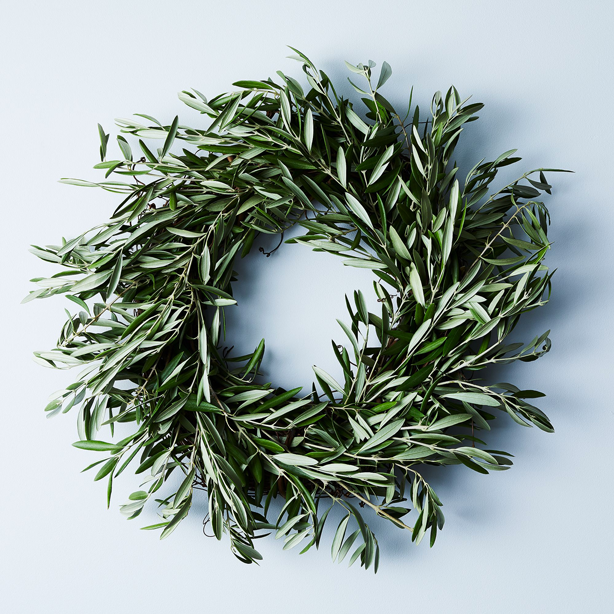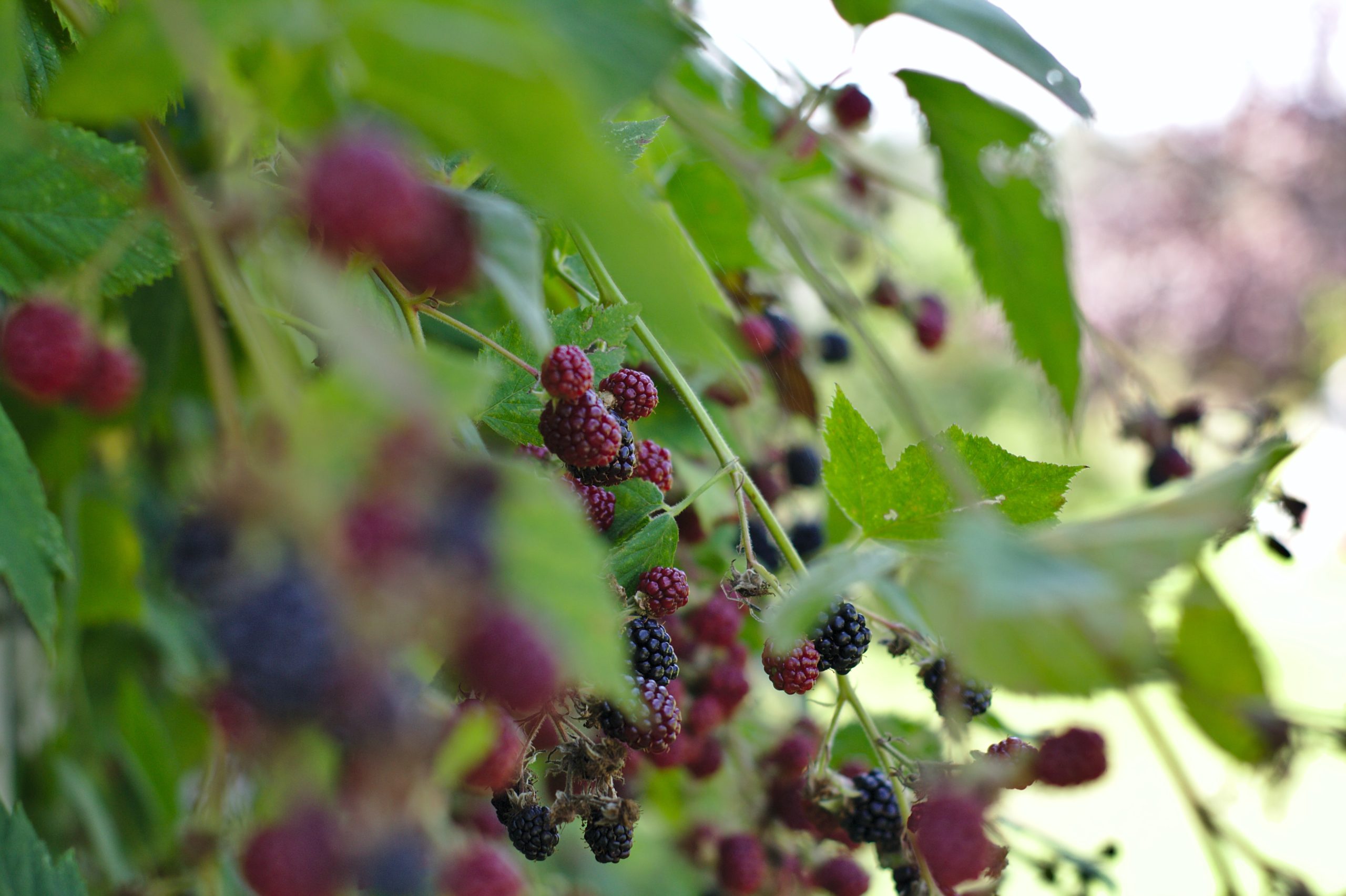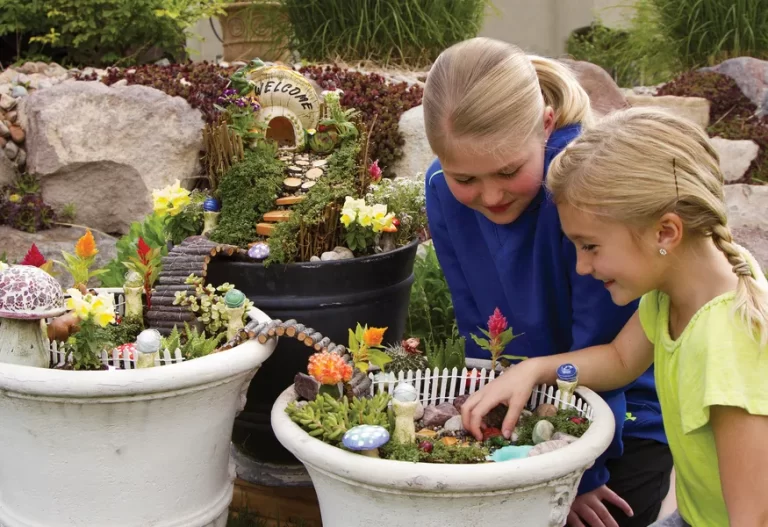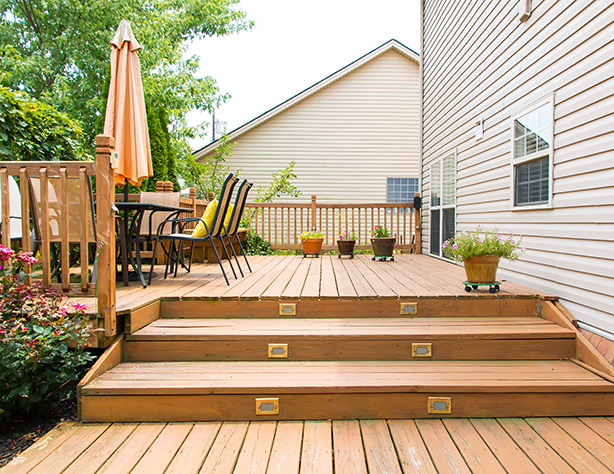Best Grass for Shade: Unveiling the Best Varieties for Your Lawn
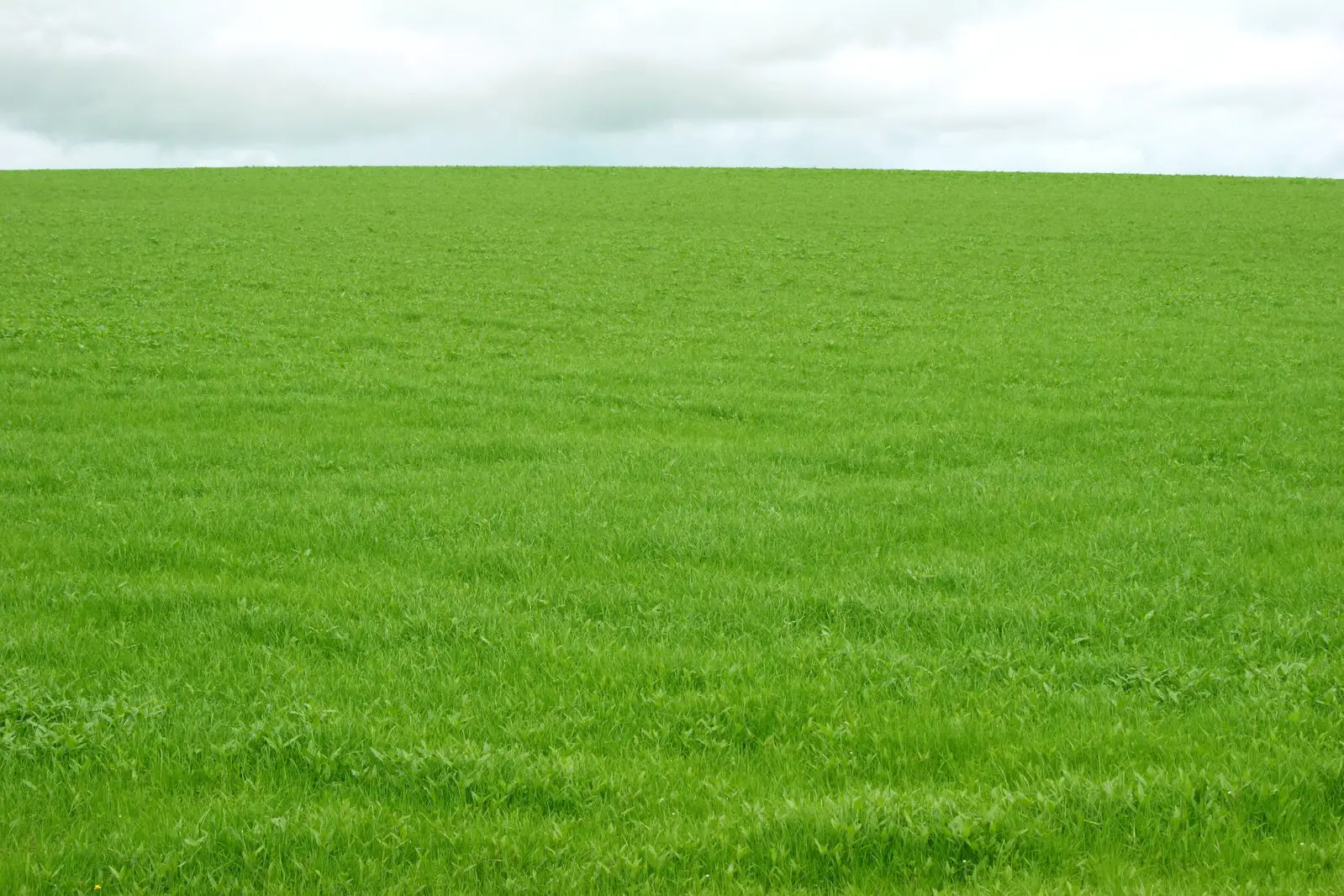
The eternal quest for the perfect lawn has led many garden enthusiasts to ask the same pressing question: “What is the best grass for shade?” Whether you have tall, imposing trees casting a shadow or your home’s architecture is preventing sunlight from reaching your lawn, finding the ideal shade-tolerant grass can be a game-changer. This article aims to shed some light on the subject, giving you the information you need to grow an impressive lawn, even in the most shaded corners of your garden.
Choosing the right grass for shaded areas goes beyond aesthetic preferences; it involves understanding grass types, their needs, and resilience. Each grass variety comes with a unique set of characteristics, and it’s essential to identify those that can thrive with minimal sunlight.
Cool-Season Grasses for Shade
Among cool-season grasses, Fine Fescue (including varieties like Creeping Red, Hard Fescue, and Chewings) is a standout option for shaded lawns. This grass type is appreciated for its ability to grow well in low-light conditions. It’s also known for its slender leaves and deep root system, which allow it to endure drought conditions, too.
Kentucky Bluegrass is another excellent choice if your garden offers partial shade. While it prefers sunny areas, it can still thrive in moderately shaded conditions, especially if it’s mixed with other shade-tolerant grasses such as Fine Fescue.
Warm-Season Grasses for Shade
When it comes to warm-season grasses, St. Augustine grass takes the crown for shade tolerance. This grass is a go-to for many homeowners because of its coarse texture, aggressive growth, and ability to crowd out weeds. However, it does require a higher level of maintenance and is most suited to warmer climates.
On the other hand, Zoysia grass is a versatile warm-season grass that performs well in both sun and shade. While it takes a while to establish, its dense growth pattern and tolerance to a wide range of soil conditions make it an attractive option for many gardeners.
Transition Zone Grasses for Shade
For lawns in the transition zone—areas that experience both hot summers and cold winters—Tall Fescue stands out. This grass type is heat, drought, and shade-tolerant, making it a hardy option for various climate conditions. It boasts a deep root system that enables it to access moisture and nutrients from deeper soil layers, helping it withstand shaded conditions.
Choosing the Right Grass for Your Shaded Lawn
While identifying shade-tolerant grass varieties is vital, it’s equally important to understand the shade’s intensity on your lawn. For instance, some grass types can manage under light or filtered shade but may struggle in deep shade. Therefore, observing the sun’s path and understanding the type of shade you have is crucial in selecting the best grass.
Another key factor is maintenance. Grasses grown in the shade often need less mowing but might require more fertilizing to compensate for the lack of sunlight and competition with other plants for nutrients. Be sure to understand the maintenance needs of your selected grass to ensure a healthy, thriving lawn.
Additional Tips for Shaded Lawns
It’s worth noting that even the best shade-tolerant grasses will need some level of sunlight—four to six hours are typically recommended. Therefore, you might want to consider tree trimming to allow more light to reach your lawn. Removing lower branches, thinning out dense canopies, or even removing certain trees might be necessary in some cases.
In shaded areas, your grass also competes with trees and other plants for water and nutrients. Ensure that you’re providing adequate watering and fertilization to compensate for these challenges.
Alternatives to Grass in Shaded Areas
If your shaded area is still too hostile for grass, don’t despair. Several landscaping alternatives can thrive in shaded conditions. Ground covers like English Ivy, Pachysandra, or Vinca can create a beautiful, lush carpet of green. Ferns and hostas also do well in shaded spots and can add a different texture to your landscape.
The Bottom Line
Understanding the diverse world of shade-tolerant grass species is pivotal in achieving a verdant, attractive lawn in shady areas. Whether you’re planting cool-season grasses like fine fescue and rough bluegrass or warm-season varieties such as centipede grass or bitter blue, selecting the right shade grass seed is key. The resiliency of perennial ryegrass, tall fescue, and the low-maintenance nature of centipede grass makes them worthy contenders for partial or dappled sun.
Don’t let tree roots or a lack of direct sunlight deter your plans to grow grass successfully. Remember, not all lawn grasses require full sun, and many can thrive with limited direct sun. By understanding the specific needs of your chosen grass seed, from watering to mowing, you can achieve a lush carpet of green even in the shadiest corners of your garden.
Indeed, it’s possible to create a verdant oasis even when dealing with challenging conditions. By choosing grass seeds that align with your garden’s reality, be it full sun or dappled shade, you’re setting the stage for a thriving lawn. So, go forth and bring your vision to life, leveraging the power of shade-tolerant grass species. Your dream lawn is within reach, even in the shade.


